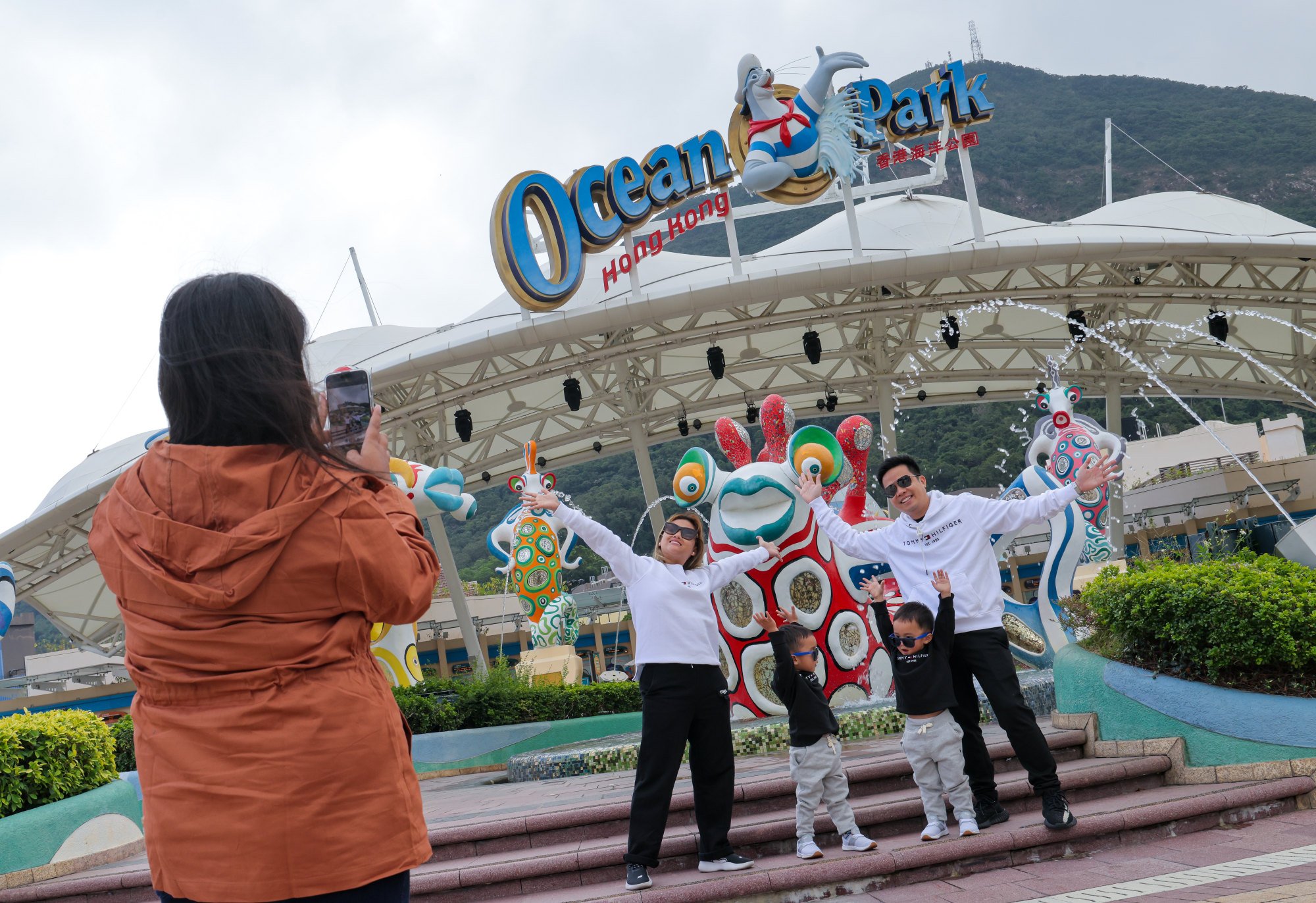Subsidiary of Kwoon Chung Bus Holdings seeking first-mover advantage with fleet of 30 uncrewed drones undergoing test flights over border. — SCMP
Hong Kong’s largest non-franchised bus group hopes its pioneering order of 30 passenger drones costing more than HK$70mil (RM39.67mil or US$9mil) can provide luxury tours above the city’s skyline in three years, calling on the government to speed up the regulatory work to create the low-altitude economy.
In an interview with the Post, Rex Wong Yat-hung, managing director of Kwoon Chung Smart Mobility, a subsidiary of Kwoon Chung Bus Holdings, said the company aimed to provide tours lasting about 30 minutes via the pilotless aircraft around Hong Kong in areas such as Disneyland, Ocean Park, Cyberport, Lantau Island and Sai Kung.
“Our uncrewed aircraft fleet can take flight any time soon to facilitate the government’s bid of developing a so-called low-altitude economy, and we hope to offer leisure trips for passengers to get a taste of flying around the city,” he said.
“We are still in talks with the government over their operation in Hong Kong, and it all depends on when it is going to introduce a regulatory framework. We hope that there will be relevant legislation soon, and we can roll out this service in three years.”
Wong also revealed that The Peninsula Hong Kong hotel in Tsim Sha Tsui, which has a heliport on its roof offering guests a 18-minute helicopter tour of the southern part of the city, was interested in introducing the company’s passenger drones.
“The Peninsula is interested in using these electric unmanned drones because they are much quieter than helicopters,” he said.
Wong’s company announced in July it would purchase 30 passenger drones from manufacturer EHang Intelligent at HK$2.57mil (RM1.45mil) each.
The company said it hoped to cash in on the business opportunities with the low-altitude economic sectors through the purchase.
“It would offer the group the first-mover advantage to introduce the (passenger drones) in the event that the operation of them becomes legalised in Hong Kong,” it said.
Under the Small Unmanned Aircraft Order introduced in 2022, drones weighing 25kg (55lbs) or less are subject to regulatory requirements, including registration, labelling, equipment and operating requirements.
However, there are no regulations for unstaffed aircraft weighing more than 25kg in the city.
Wong said the passenger drones, which could sit two, could fly above 120 metres and below 1,000 metres, adding they were now undergoing trial runs by Ehang Intelligent in Shenzhen, Zhuhai and Guangzhou. No safety issues had arisen, he said.
“We will have a control centre in place to monitor the journey. In case of emergency, our control centre will remotely control the aircraft to ensure passenger safety,” he said.

Wong added the company so far had not thought about the cost for each passenger trip, saying apart from the capital investment they also needed to set up the control centre and hire professionals to monitor the journey.
In his policy address in October, Chief Executive John Lee Ka-chiu said Hong Kong would amend legislation and design the institutional framework to develop a “low-altitude economy” amid growing calls from lawmakers to follow mainland China’s model and use crewless aircraft to transport tourists.
He said a working group led by Deputy Financial Secretary Michael Wong Wai-lun would devise development strategies and action plans for projects focusing on the emerging field.
The low-altitude economy generally refers to activities in airspace below 1,000 metres, including goods delivered by drones or passenger flights using electric vertical take-off and landing aircraft.
The city leader said the working group would look into relaxing legislative curbs on beyond-line-of-sight flying activities, and the allowed weight and carrying capacity for drones.
The responsibilities of Wong’s team would also include solving management and safety issues, as well as assessing what facilities were needed, such as vertiports and charging stations, alongside scoping out the city’s air route network, he said. – South China Morning Post





